Generally speaking you will find the best time for game viewing and a safari in Southern Africa during the dry winter season (June, July and August) when the bush is less dense making it easier to spot the wildlife.
However, the wet summer season; also known as the “Green Season” (December, January and February) do have its perks as far as game viewing and safari are concerned for the following reasons:
The calving season peaks during November and December so this is the time where you can see so many gangly legs and youthful energy. The newborns also have a love for playing just after a rainfall / thunderstorm and it is quite amazing seeing them run around and chase each other. You can also imagine that it does attract quite a bit of interest from the predators.
Summer months are the highlight for ornithologists as migratory birds have made their way down south for the warmer weather; and the abundance of food means that birds are really out and about. You can witness some courting behaviour and the frenzy of nest building by the weavers.
The Central Kalahari Game Reserve (second largest game reserve in the world) in Botswana is one of the reserves that provide great game viewing during the summer months. Rains attract large herds of wildebeest, springbok, zebra and gemsbok (oryx) to the grass plains during the wetter summer months. And not being totally dominated with the typical bush landscape of most other Southern African reserves (that can obscure game viewing so much) the Central Kalahari Game Reserve is getting increasingly popular with visitors during the green season. But even then you will feel total isolation when you are driving about and it makes for a great escape from the hubbub of modern society.
If you have been in one of the game reserves of Southern Africa during the dry season, then you will appreciate the difference in scenery and colour. The bush truly transforms into a kaleidoscope of colour and vibrant energy.
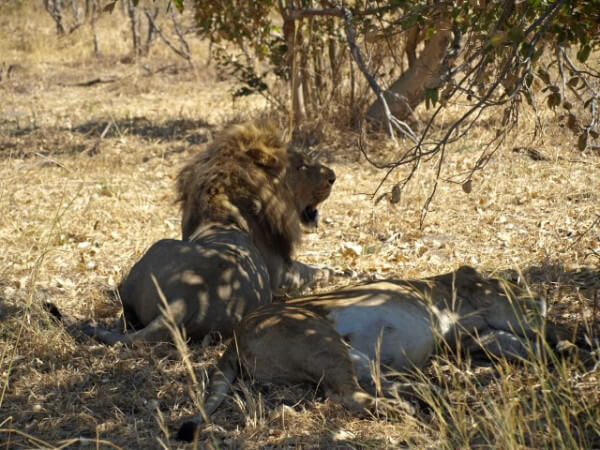
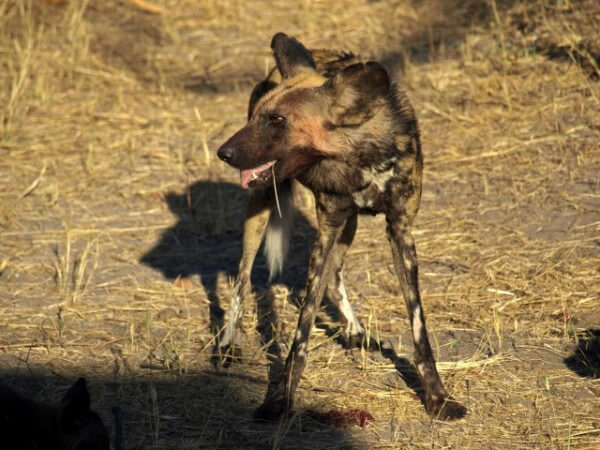
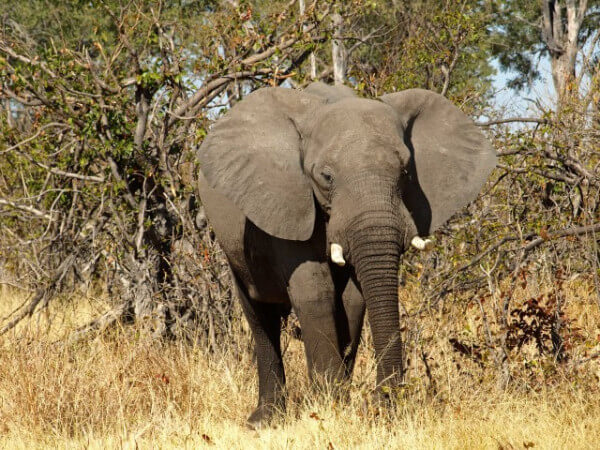

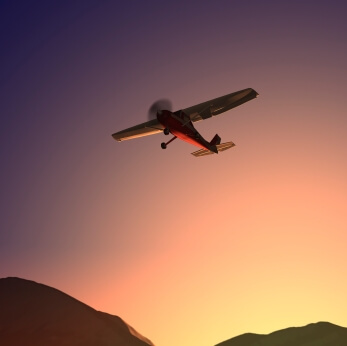
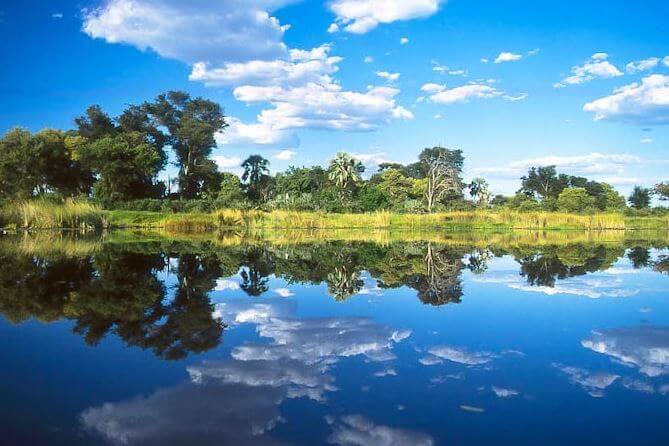



0 Comments